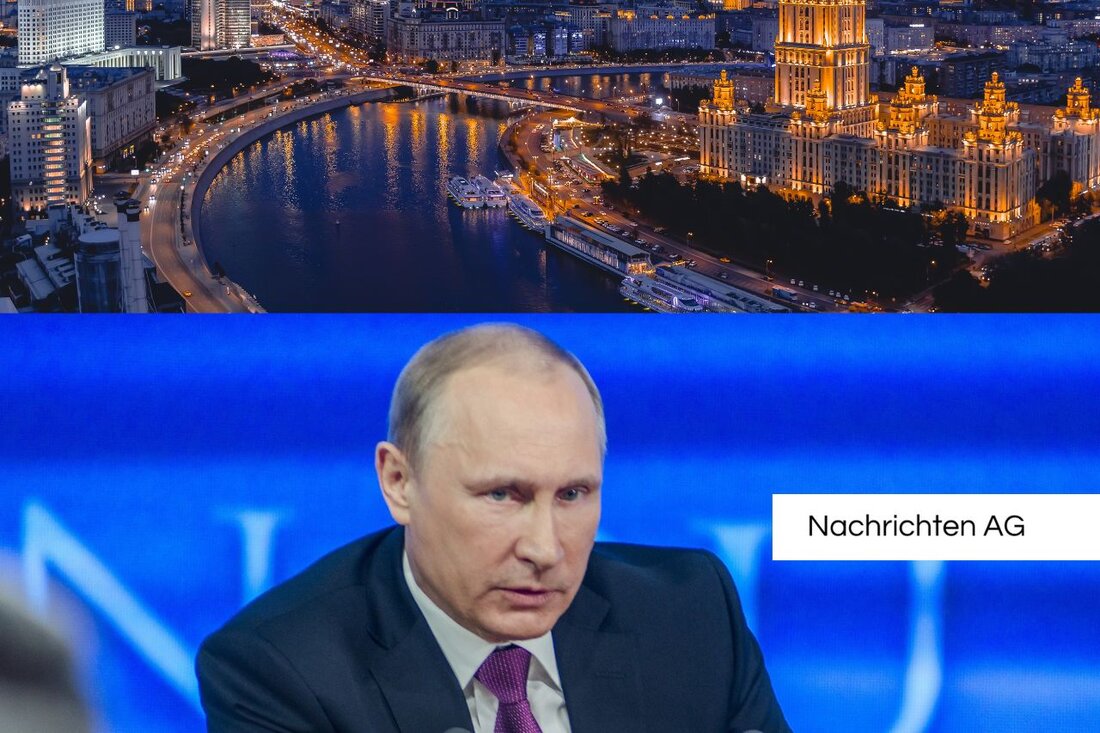Russian threat in the Baltic Sea: Frigatte Bavaria followed!

Russian threat in the Baltic Sea: Frigatte Bavaria followed!
Rostock, Deutschland - On May 28, 2025, the German frigate "Bavaria" created in the port of Rostock, while near the Russian destroyer "Vice Admiral Kulakov" followed. The Russian destroyer had followed the frigate in the Baltic Sea after a maneuver carried out under misleading circumstances. Experts, such as Sebastian Bruns, point out that such encounters between NATO and Russian ships could increase in the future, especially after Russia has announced large seamanövers. NATO is alerted about the increased presence of the Russian Navy in the strategically significant Baltic Sea.
The Russian destroyer "Vice Admiral Kulakov", which belongs to the Udaloy class, is conceivable with modern submarine defense technologies. This concern is only reinforced because the frigate "Bavaria" was previously pursued by Russian destroyers in the North Atlantic during an exercise. NATO then plans increased patrols, a more intensive exchange of information and joint exercises to increase security in the region.
Russian maneuvers in the Baltic Sea
One of the current developments is the announcement of the Russian Navy to start a larger maneuver in the Baltic Sea on Wednesday. According to Nürnberger Blatt more than 30 warships and other water vehicles take part in this exercise, which comprises about 6,000 military members. The Russian Ministry of Defense indicates that this maneuver is used to test the willingness of the marine forces to protect national interests, while it also trains the protection of important sea routes and coastal areas.
These Russian exercises are not new; An important NATO maneuver took place in June, in which the Finnish Navy took part for the first time. Russia's reaction was not long in coming; The maneuver started one day after the NATO training was completed.
security situation in the Baltic Sea area
The security policy location in the Baltic Sea area is described as increasingly precarious. Foreign Minister Johann WadePhul emphasizes the urgent need for effective protection of the European coasts. References to hybrid warfare by Russia, such as alleged sabotage files on Untersekabeln, strengthen concern about provocations of the Russian Air Force and Navy.
The Task Force "Baltic Sentry" was set up as part of the NATO initiatives to increase security in the region. NATO plans to use civilian infrastructure for military surveillance and could oblige operators of offshore wind farms and oil platforms to install radar systems.However, the planned measures to improve sea area monitoring are criticized. Experts warn that civil wind turbines could lose their character as such. The Bundeswehr and the BND also examine new technologies in order to better track down Russian submarines and underwater drones. The method of Distributed Acoustic Sensing (that) is tested to identify acoustic signals under water.
Overall, it can be said that the Baltic Sea area is currently a focus of geopolitical tensions in which both Russia and NATO pursue decisive interests. The situation requires continuous vigilance and collaboration between the states to ensure the security of the region.
| Details | |
|---|---|
| Ort | Rostock, Deutschland |
| Quellen | |
